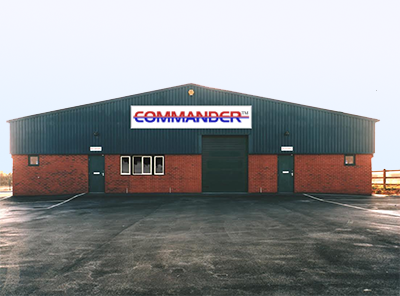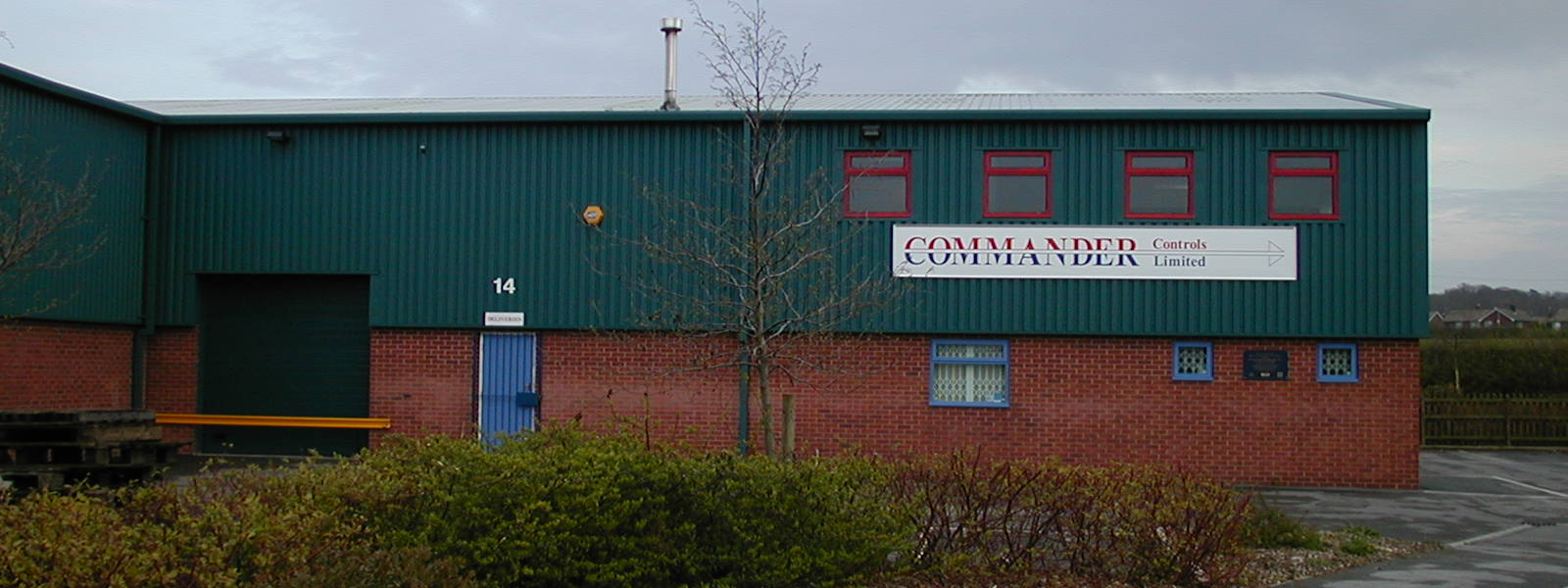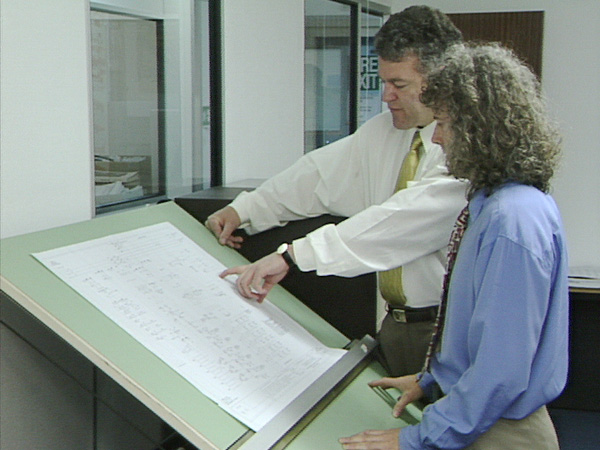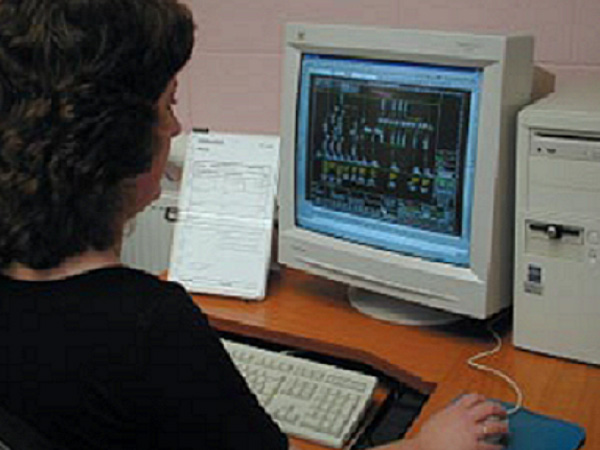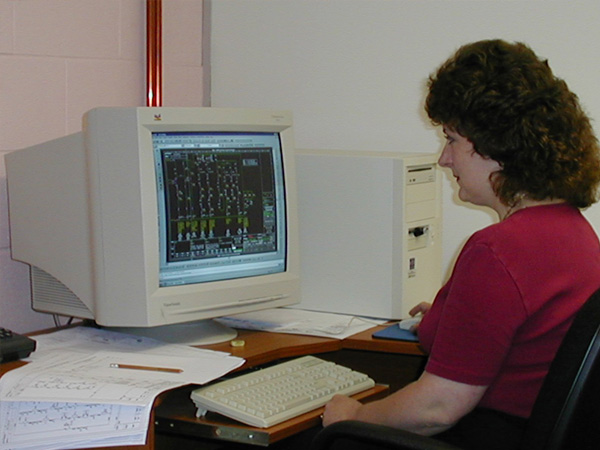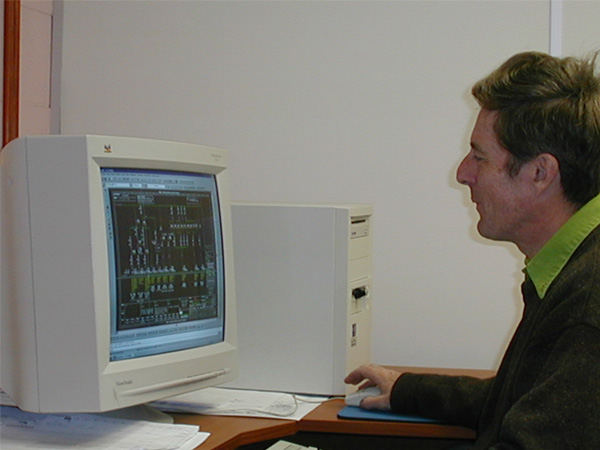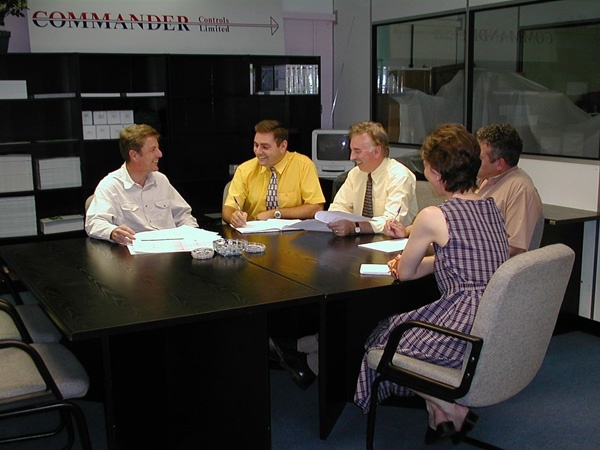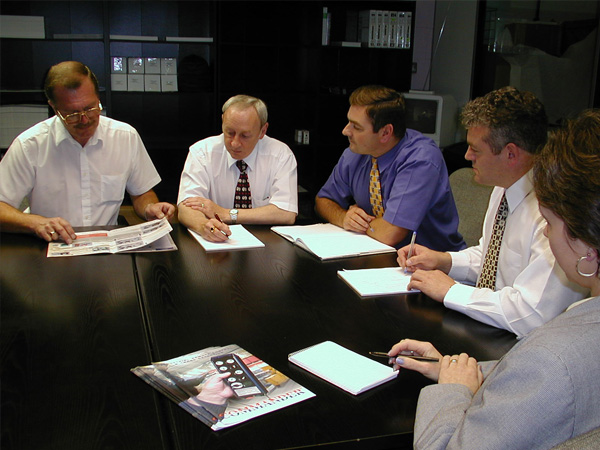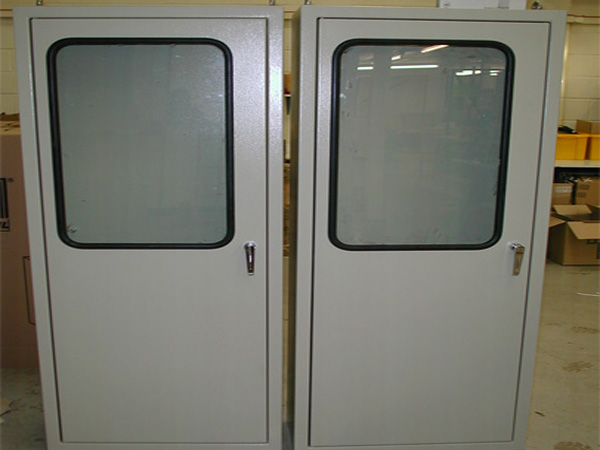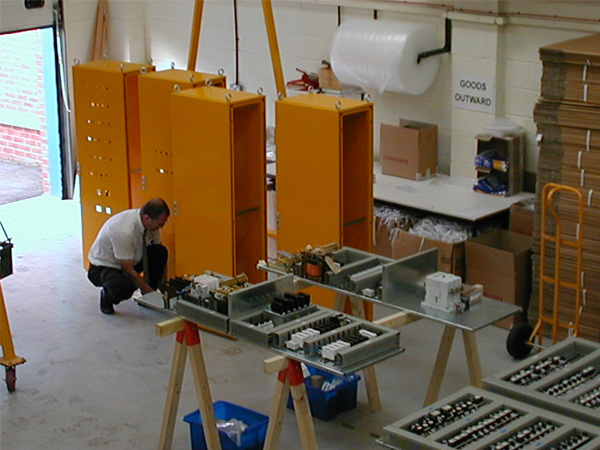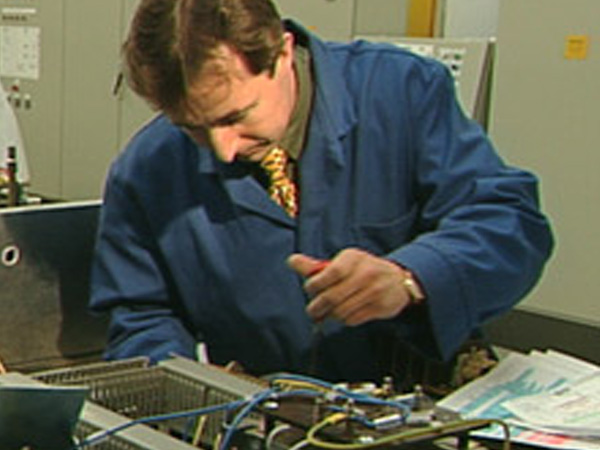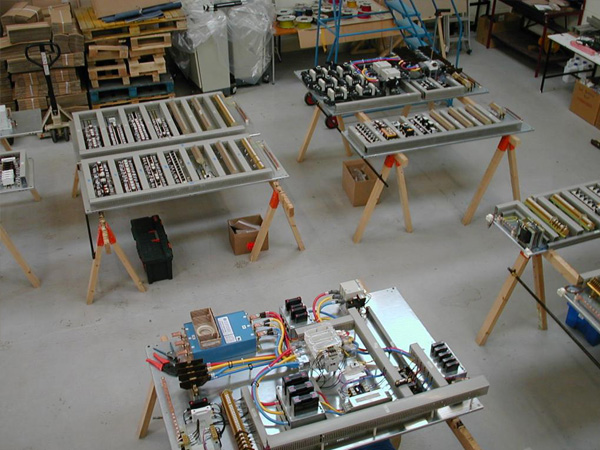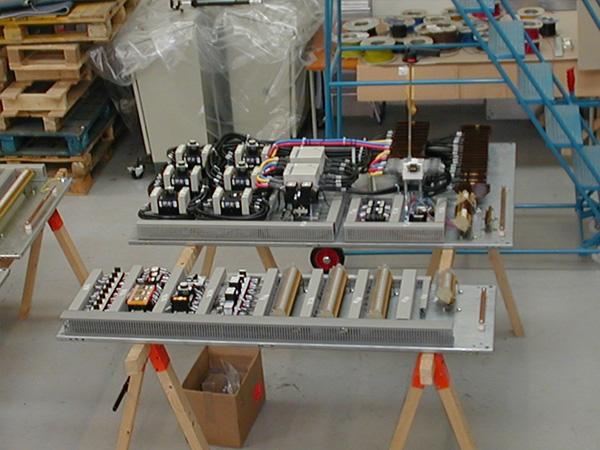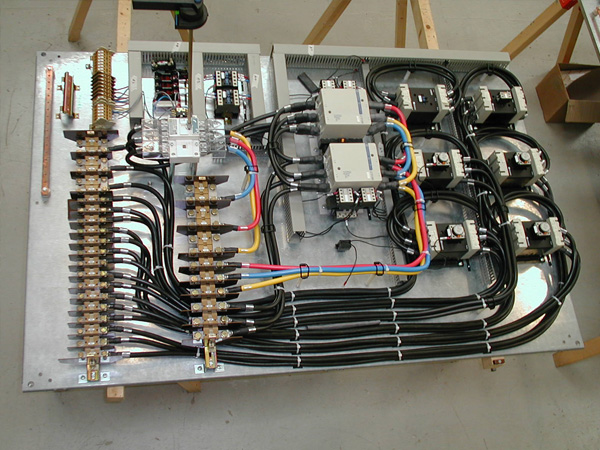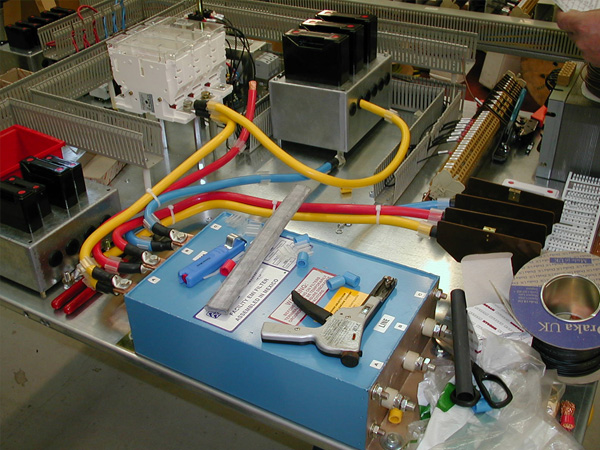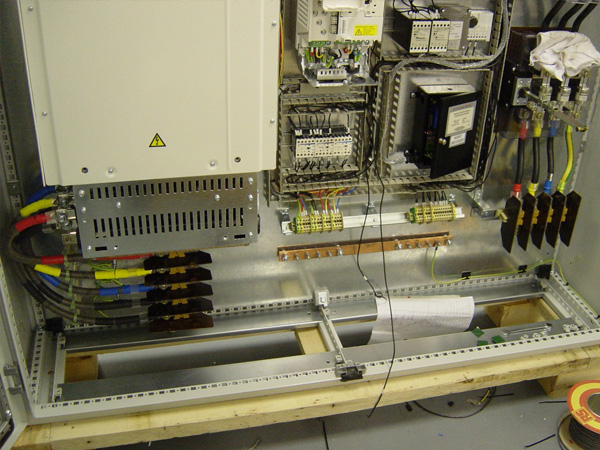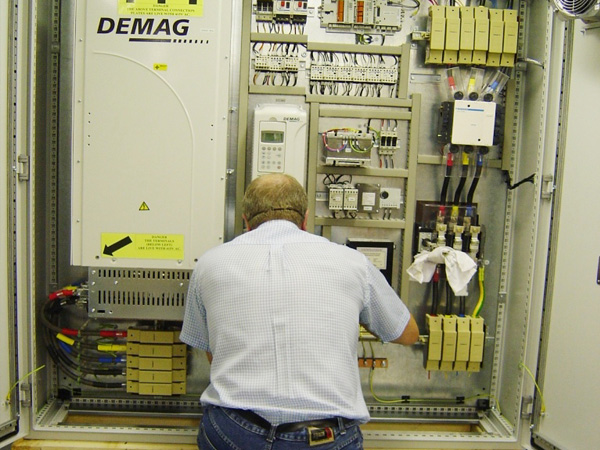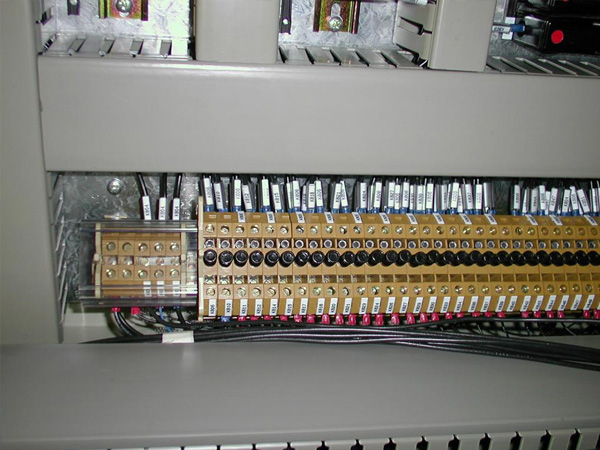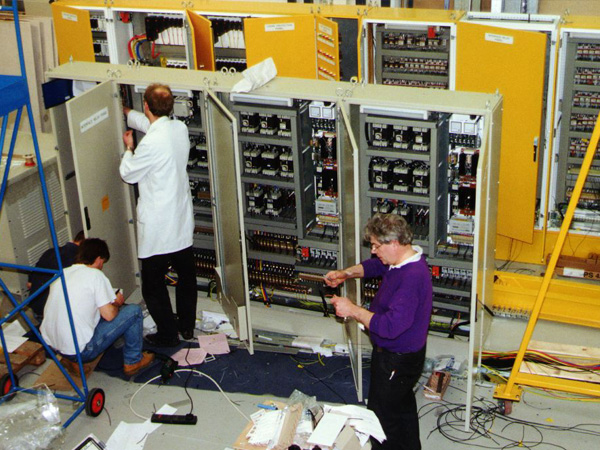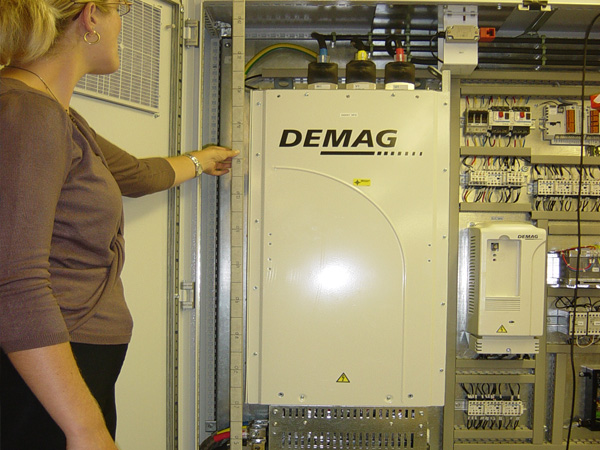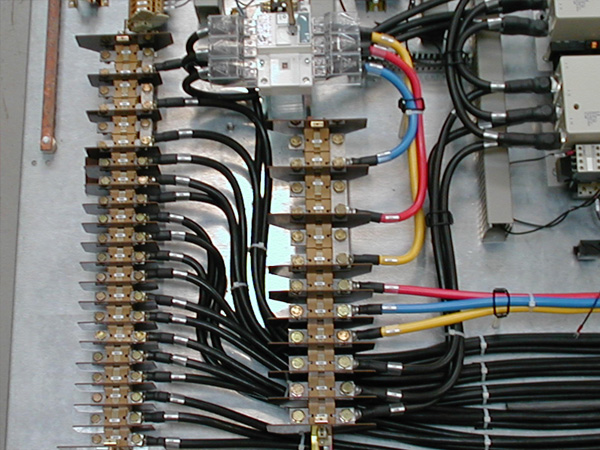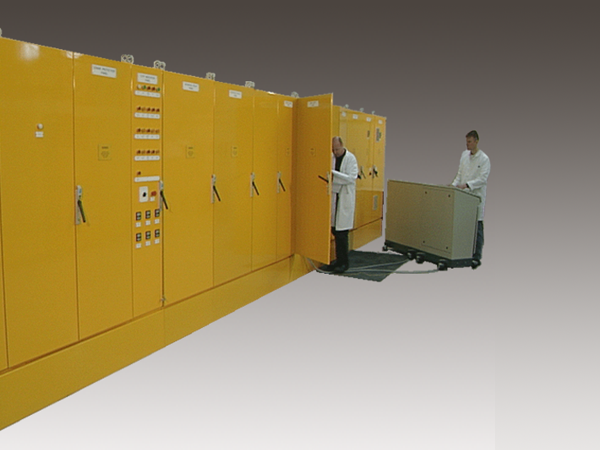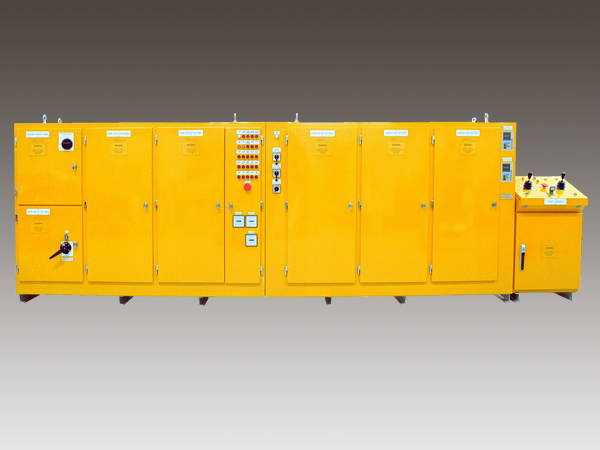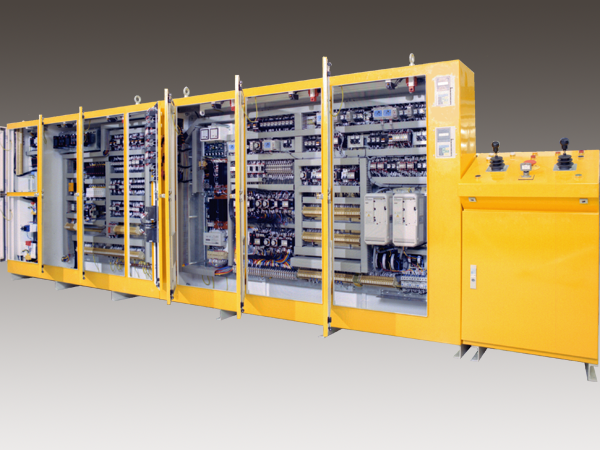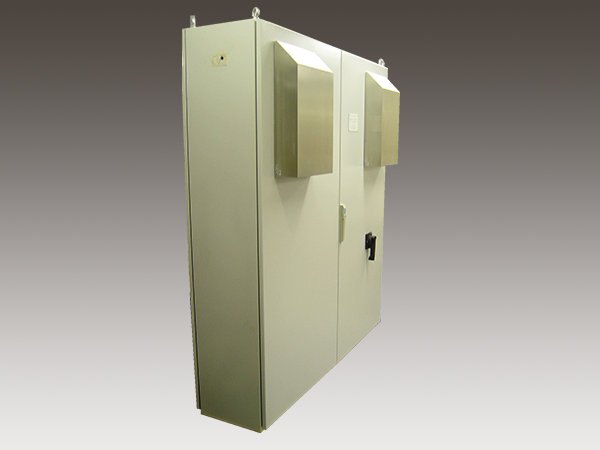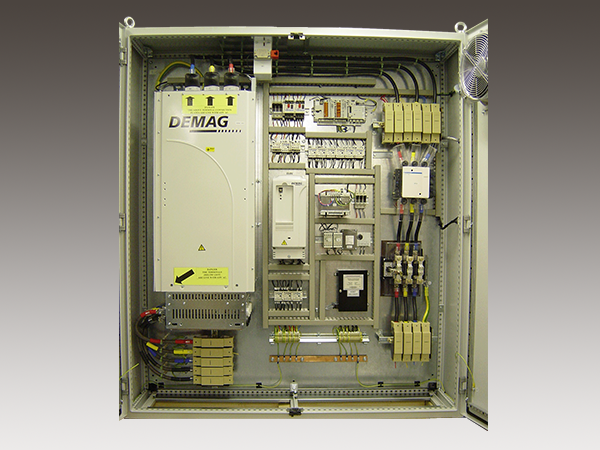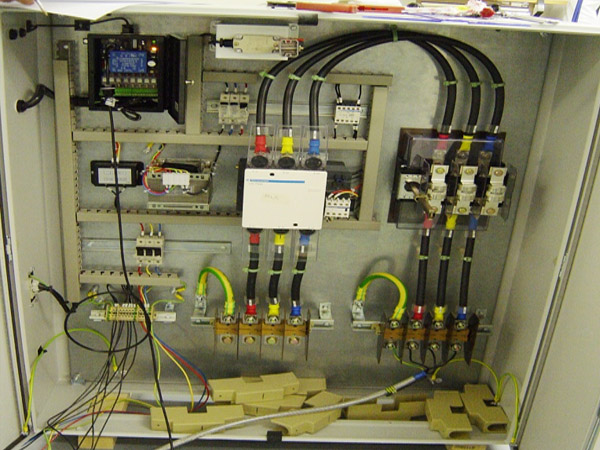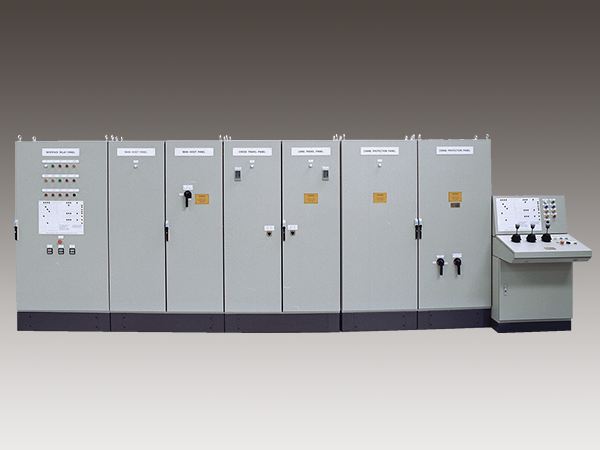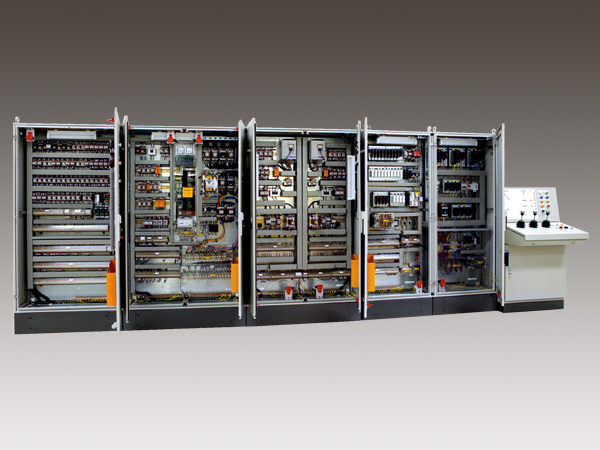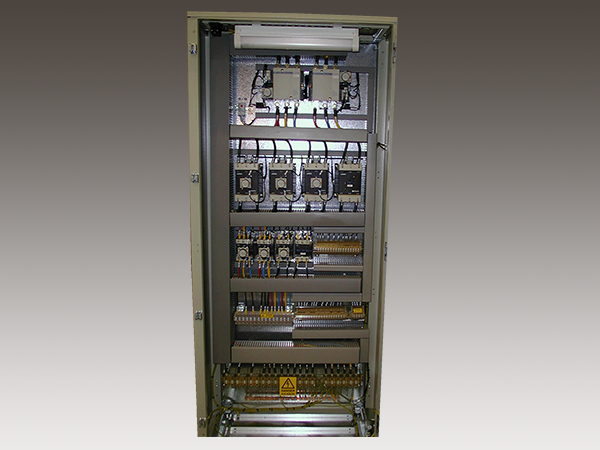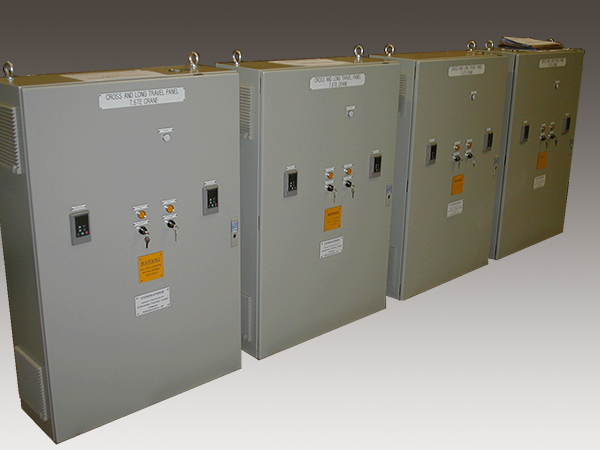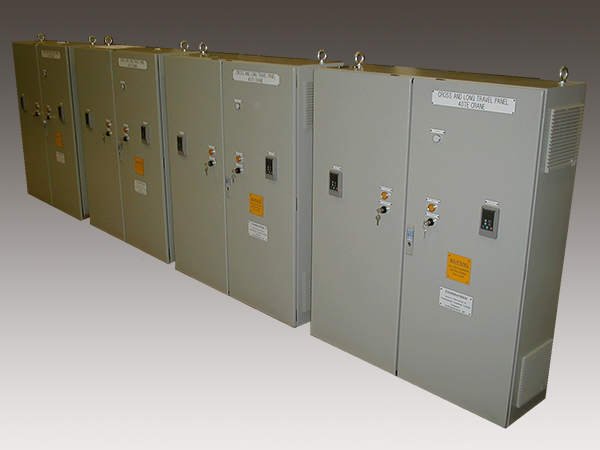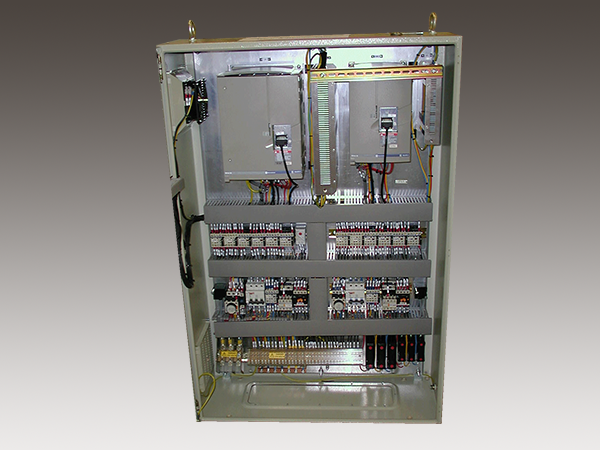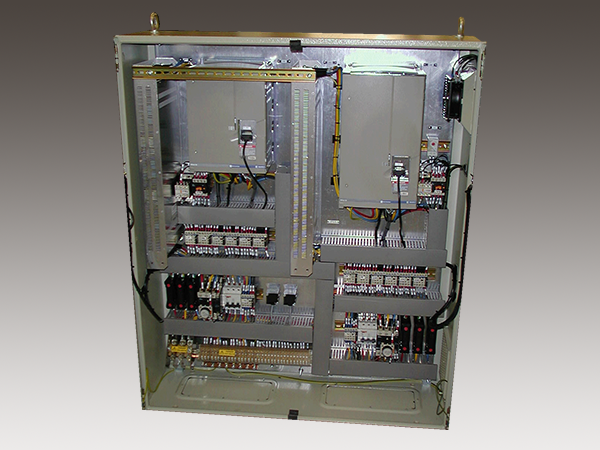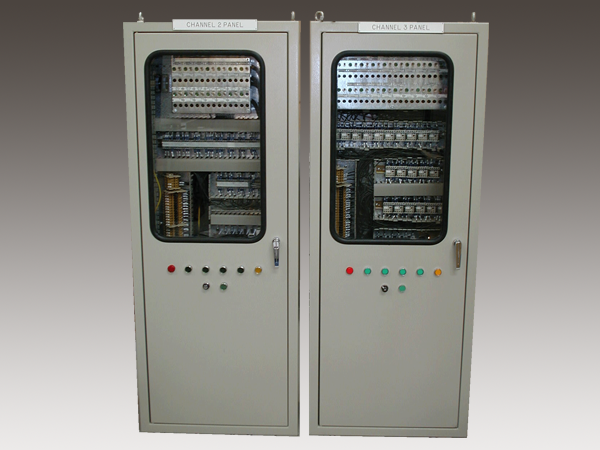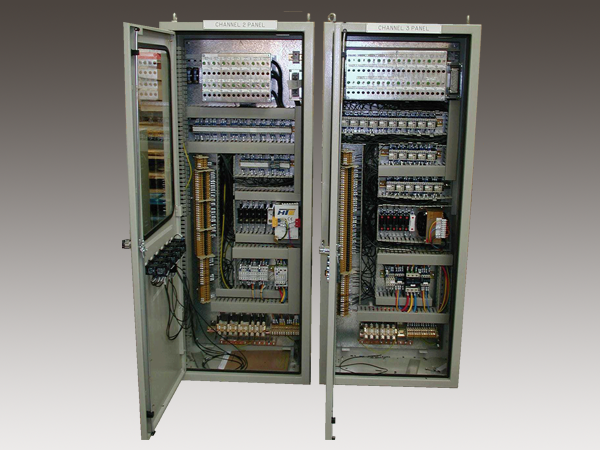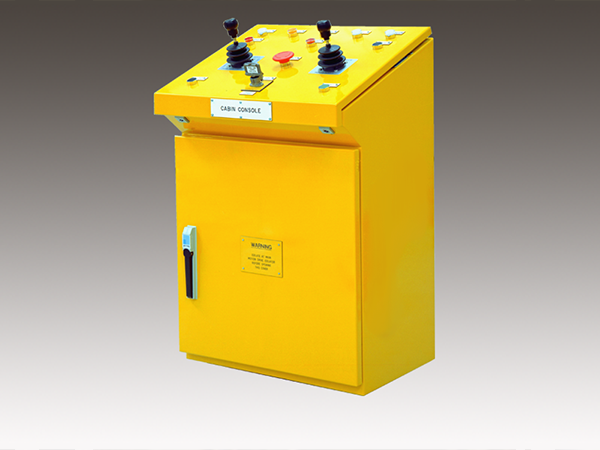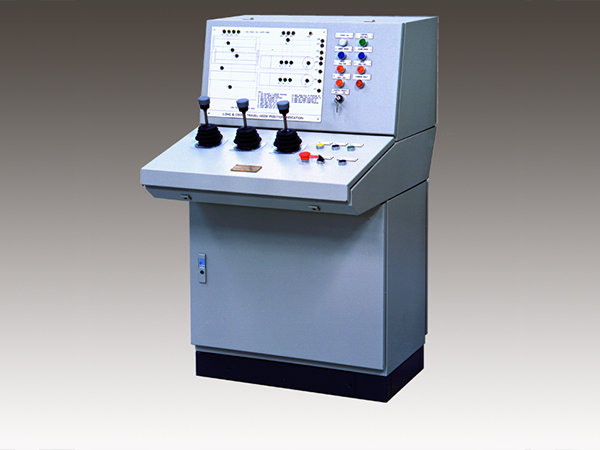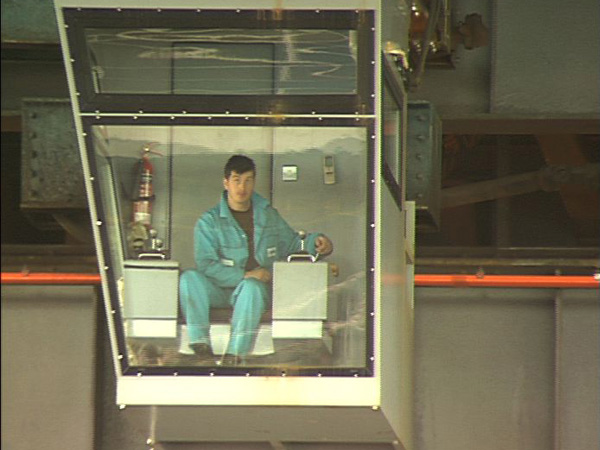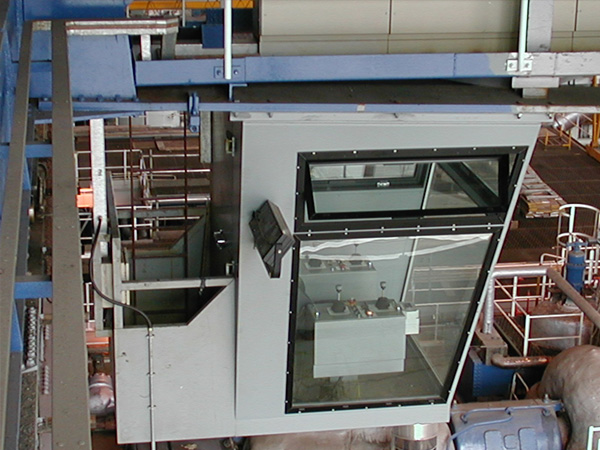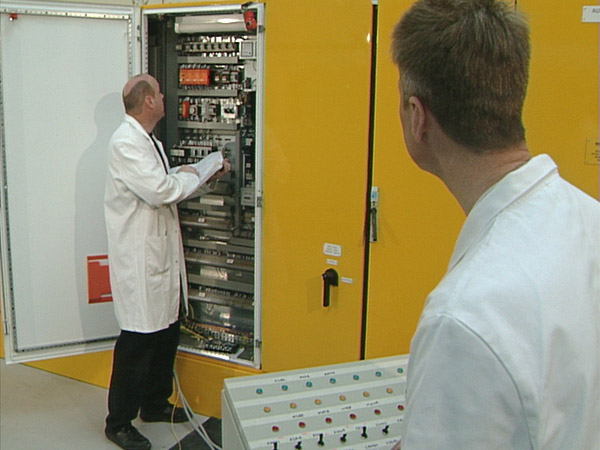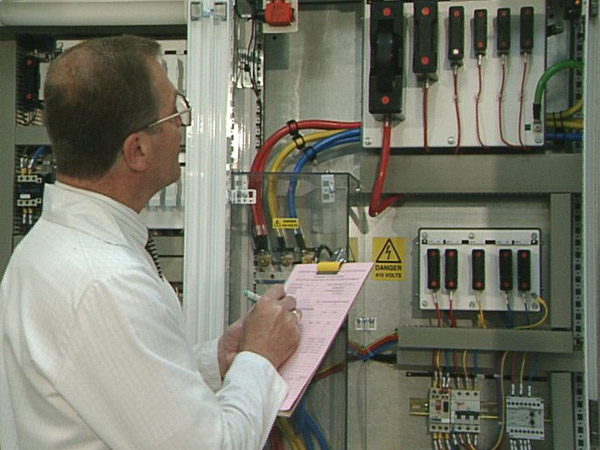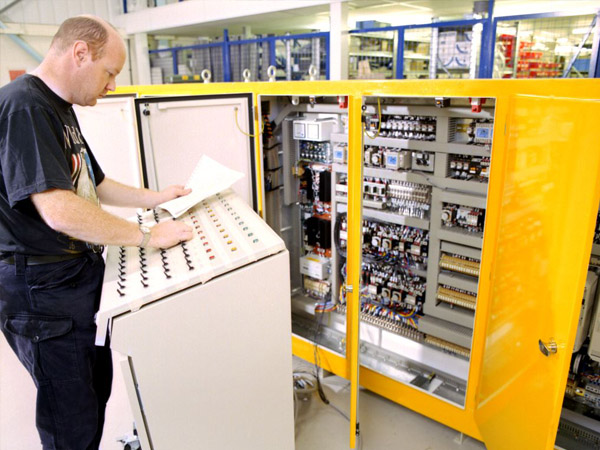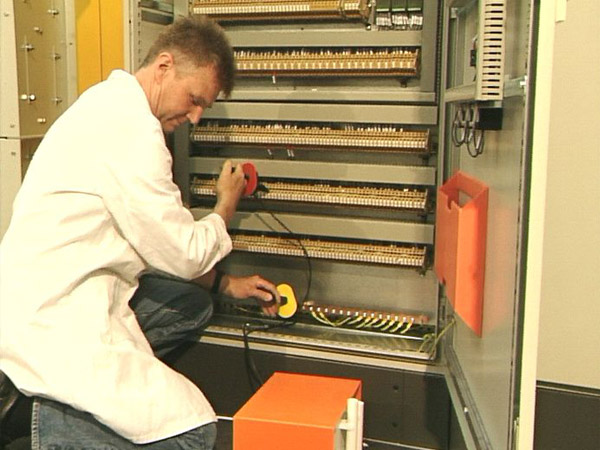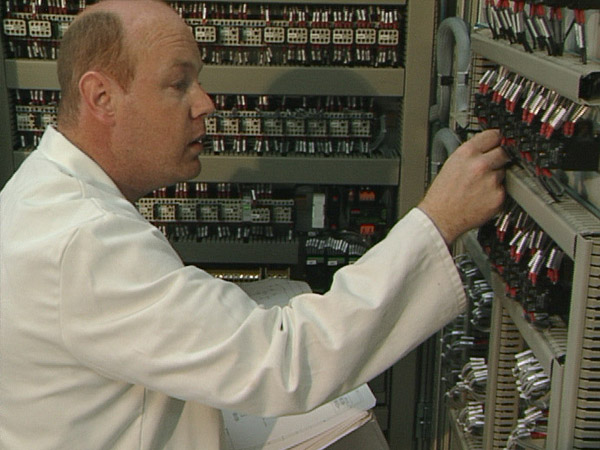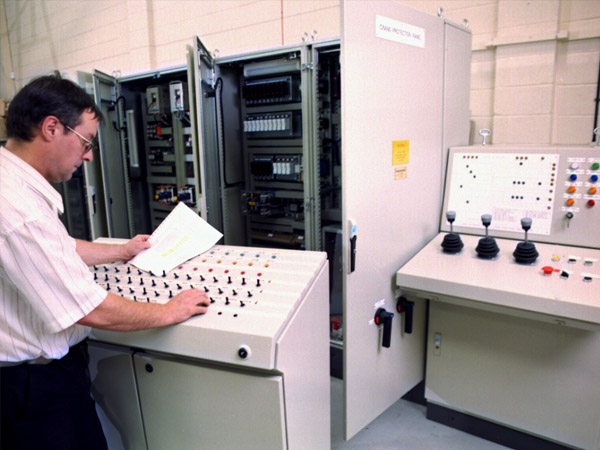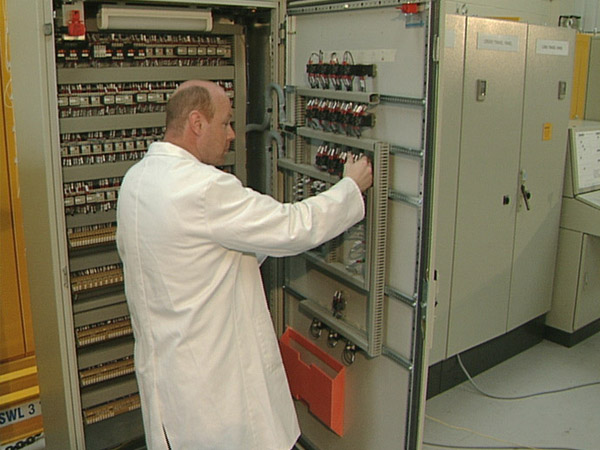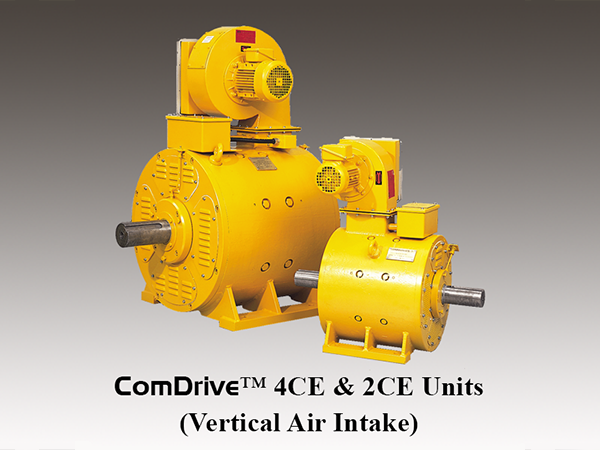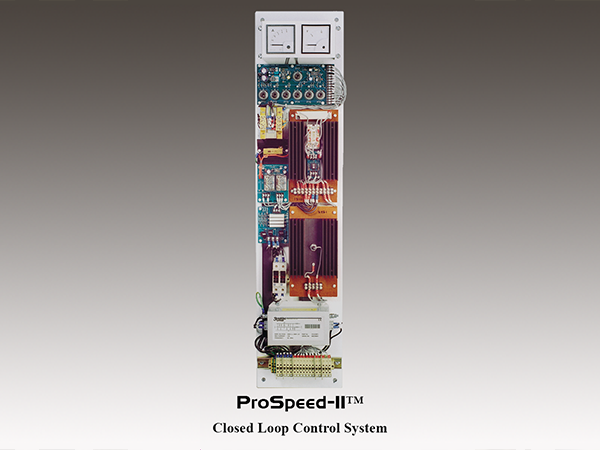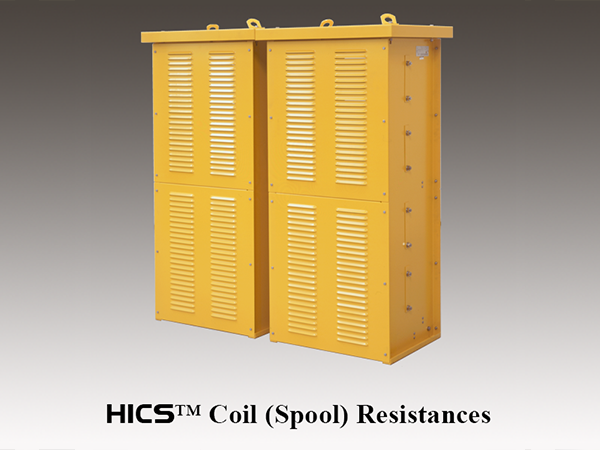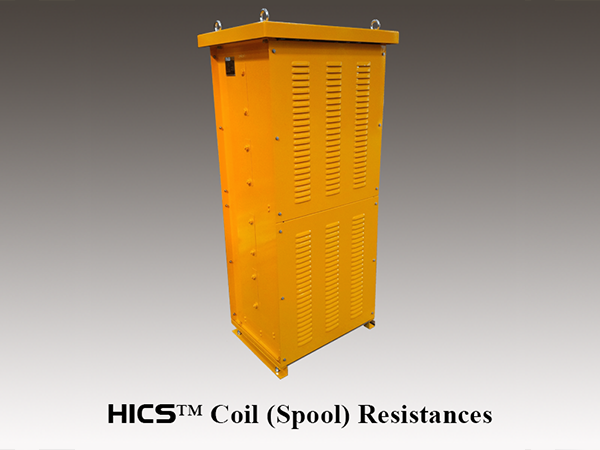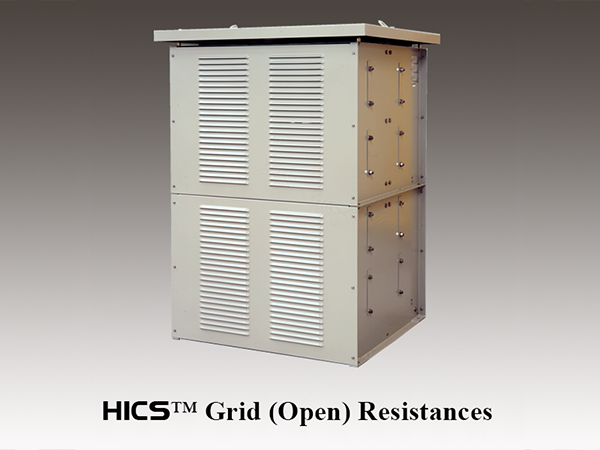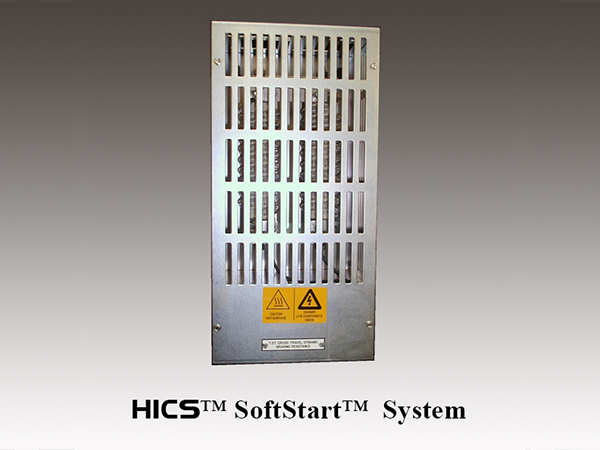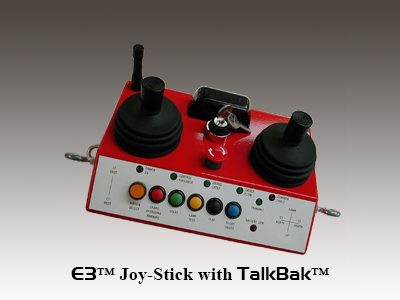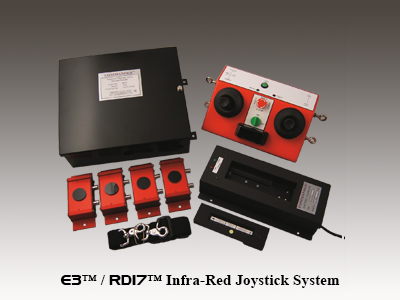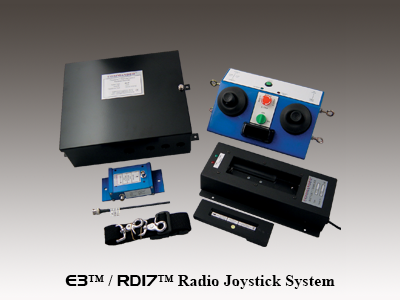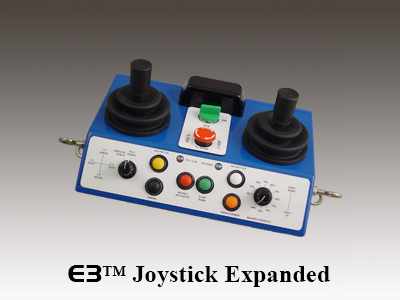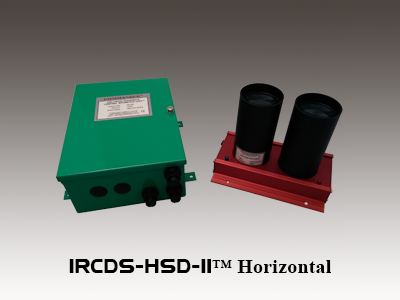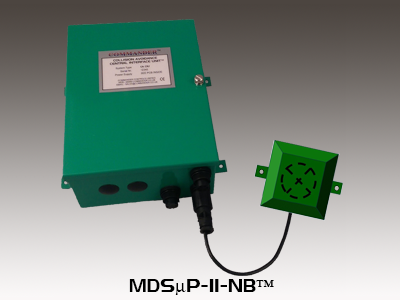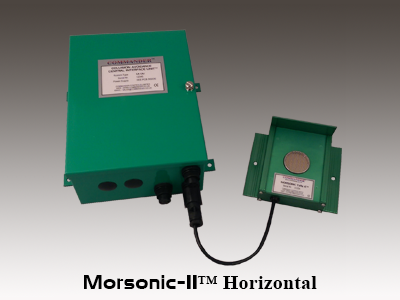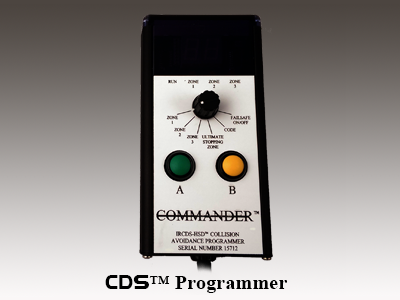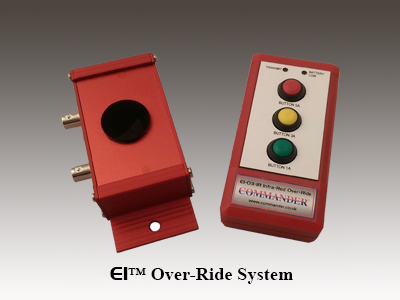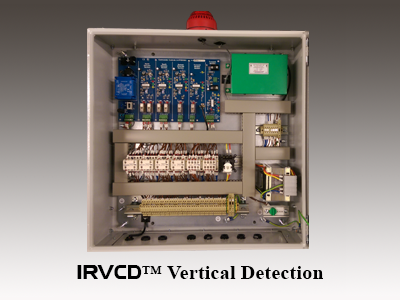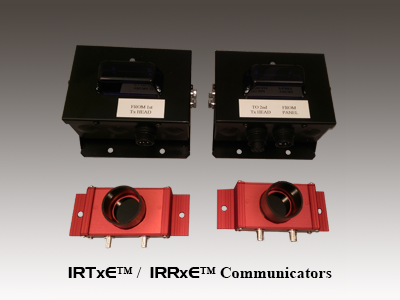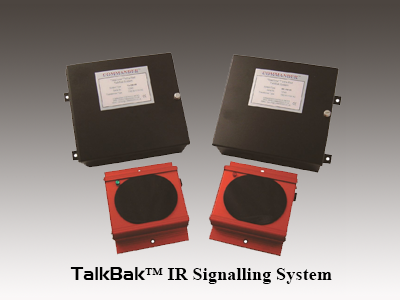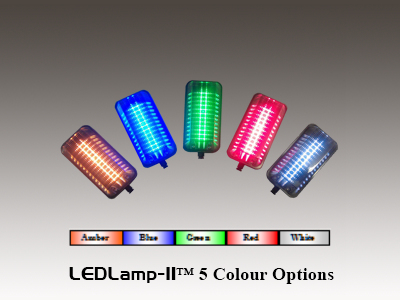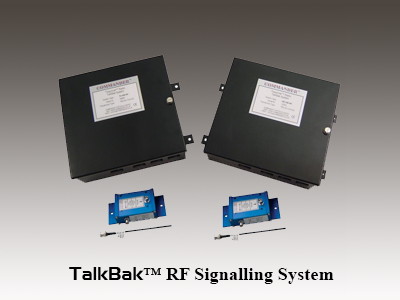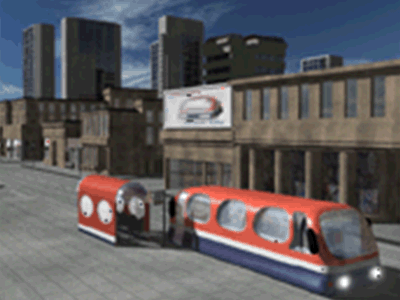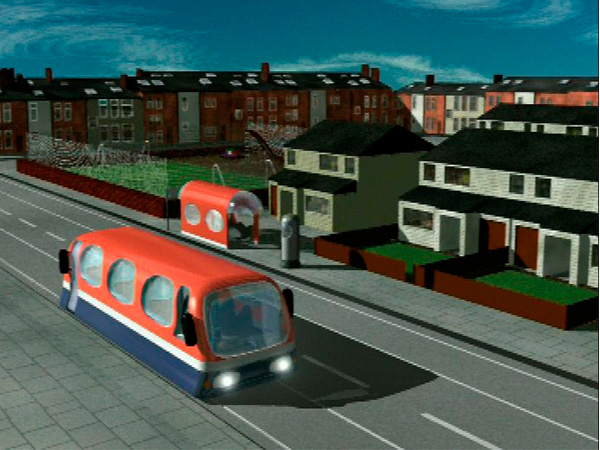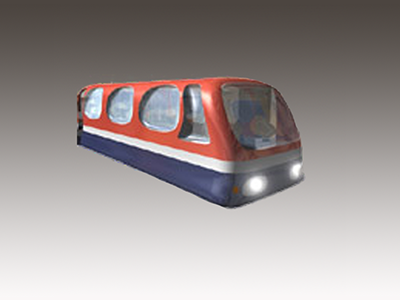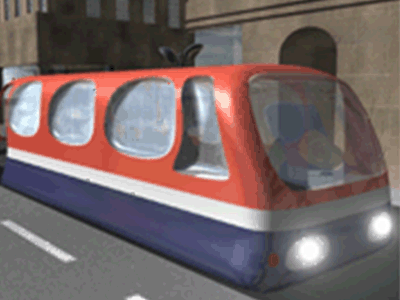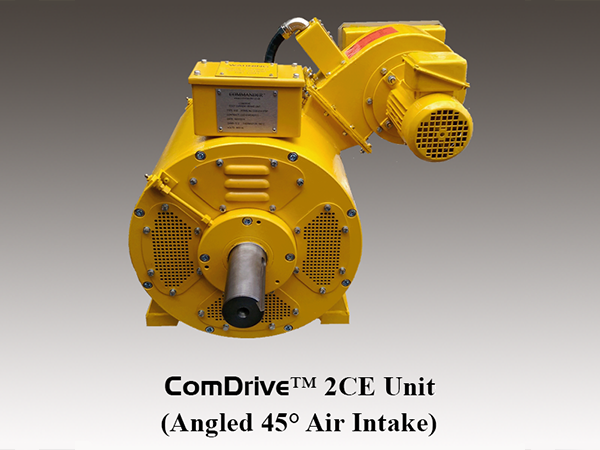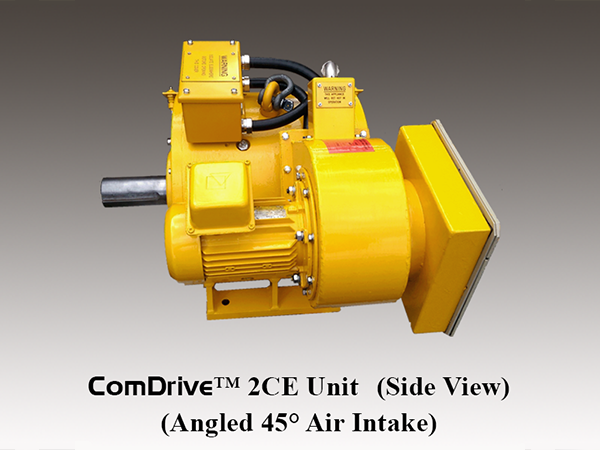Variable Frequency Drives convert AC (alternating current) power to DC (direct current). DC power (+/-) as many will know, can provide a considerable amount of control over speed and acceleration when used as the power source for electric ‘armature type only’ electric motors. Early power supplies were DC as AC did not exist, its application was wide ranging as well as domestic supplies it became extensively used in commerce & industry. These devices are a proprietary product which we can recommend to clients in a build project or the client may specify a preferred product OEM so as to maintain uniformity on site where other applications use similar devices, also familiarity by client maintenance personnel is also a preference factor. Variable Frequency Drives are ideal to control travel motions as usually the torque demand can be quite variable with constant acceleration and deceleration demands changing within a few seconds.
In new design cranes, the use of Variable Frequency Drives in a scheme provides many benefits which include a wide range of speed control settings (as above) and a number of cost savings, primarily in terms structural crane weight and dynamic structural design. Such savings dramatically reduce and therefore control impact factors (shock loadings) on both crane structures and buildings and consequent superimposed loadings on building supporting structures, again resulting in further financial benefits ultimately for the crane user enabling possibly higher safe working loads being carried using the more specific method of control and load movement.
It is usual for applications where a user variable speed control system is required to be controlled by a remote control system with current or voltage stepped output, such as the COMMANDER™ E3/RD17 Joy stick Remote Control System with stepped or step-less control. These products can be supplied using Infra-Red or Radio PLL Synthesiser, or a combination of both in order to provide a safe CloseStart™ ‘in range’ system when using radio formats. HICS™ can also provide where necessary supporting installation hardware to achieve compliance with EMC requirements. As part of the COMMANDER™ hardware a communications and control feature called the XBData™ system can be utilised. This optional feature enables elimination of costly cross bridge cable systems for control wiring and other hardware. Power is delivered Hoist (Crab/Trolley) by means of a conductor system fixed throughout the full extent of the bridge structure with power collection via conventional power collector shoes.
We have not used any photographs in this section due to the vast number of products available, of which many have specific features and availabilities.
